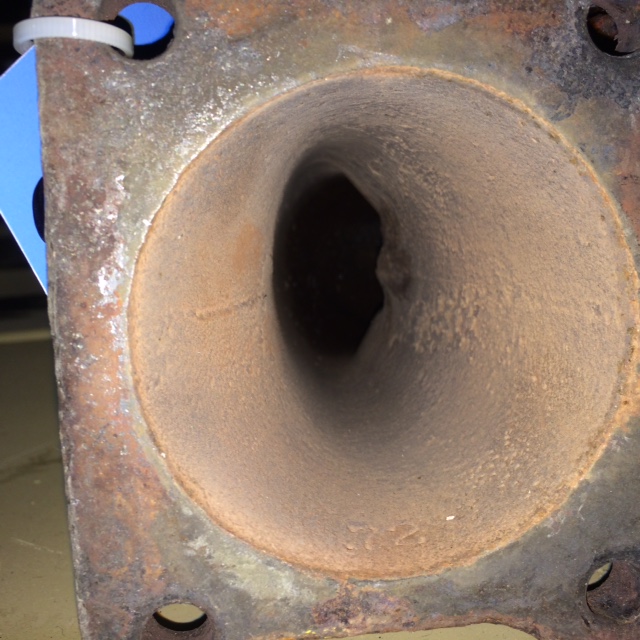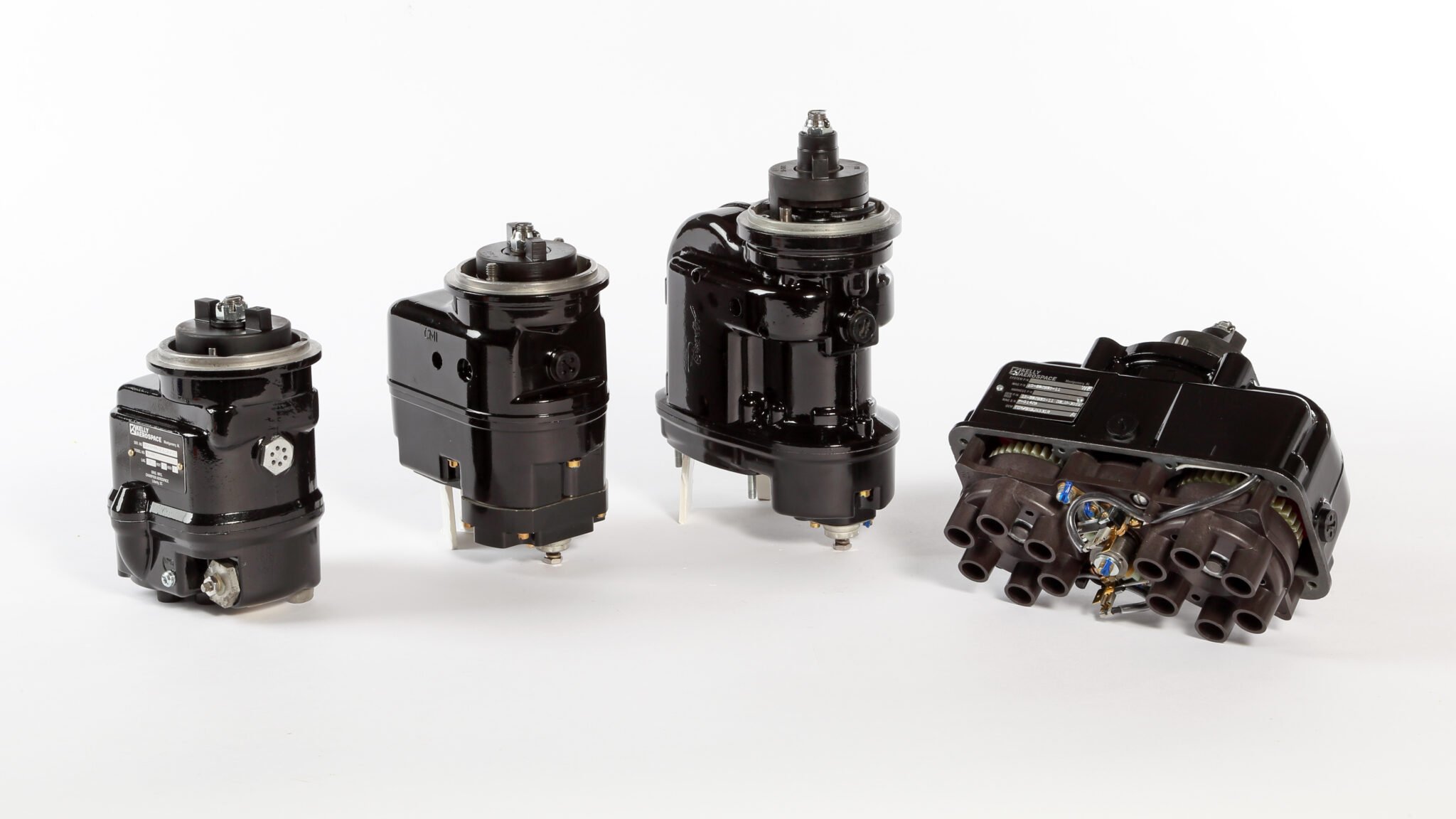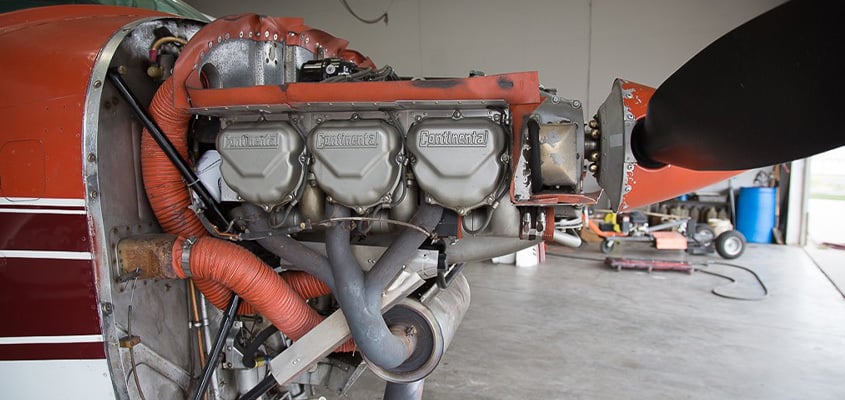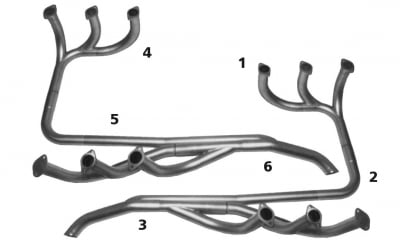Turbocharger Cool Down
Hartzell Engine technologies has produced a second video in their educational series highlighting their product line. The second installment is titled “The Importance of Cool Down Time for Your Aircraft’s Turbocharger”. The video details the effects of cutting short your cool down time. Hartzell also goes into proper procedures for cool down to prevent these effects. We highly recommend watching the below video if you are needing information about cool down times as this extends the life of your turbocharger.
The video does not fully illustrate the effects of a shortened cool down for a turbocharger. According to our experienced turbocharger technician, J.R. Hargrove, the more damaging stress of short cool down will occur in the turbine housing of the turbocharger. When the part is not allowed proper time to cool down, the throat in the turbine housing will crack and start to peel due to the excessive heat. Eventually the “peels” will break off and go through the turbocharger, which can cause more damage to the system (see below photos). Additionally, when the turbocharger isn’t adequately cooled, the turbine housing will itself start to crack around the turbine wheel. This is caused because the housing will cool faster than the turbine wheel causing it to shrink down on the turbine wheel. As the turbine housing cools too quickly it will form small stress cracks around where the turbine wheel sits.These small cracks are very difficult to see but can be found with Non-Destructive Testing (NDT) or by sanding blasting the area to reveal the cracking. These cracks, ultimately lead to a costly turbocharger replacement.


Right side of turbine housing showing early signs of cracking and peeling.
Some other general maintenance tips suggested by Mr. Hargrove include keeping contamination and debris out of the system. Mr. Hargrove says to check the following: “Hoses, clamps, and fittings. No kinks in your Oil Inlet lines so the Turbocharger doesn’t get starved of oil and no kinks in your Oil Outlet lines so the Turbocharger doesn’t flood with oil causing oil to leak. Also, make sure your check valves are working correctly so oil can’t flow back into the Turbocharger from the Oil Outlet side or if the check valve is on the Oil Inlet side, make sure the check valve is good so the oil doesn’t flow back out of the Turbocharger. Finally, you can check the Turbine and Compressor blades to make sure there are no “nicks or dings” preventing them from doing their job and preventing them from breaking off into the Turbocharger.” If you ever need assistance with your turbocharger or need trouble shooting assistance, please contact us.


